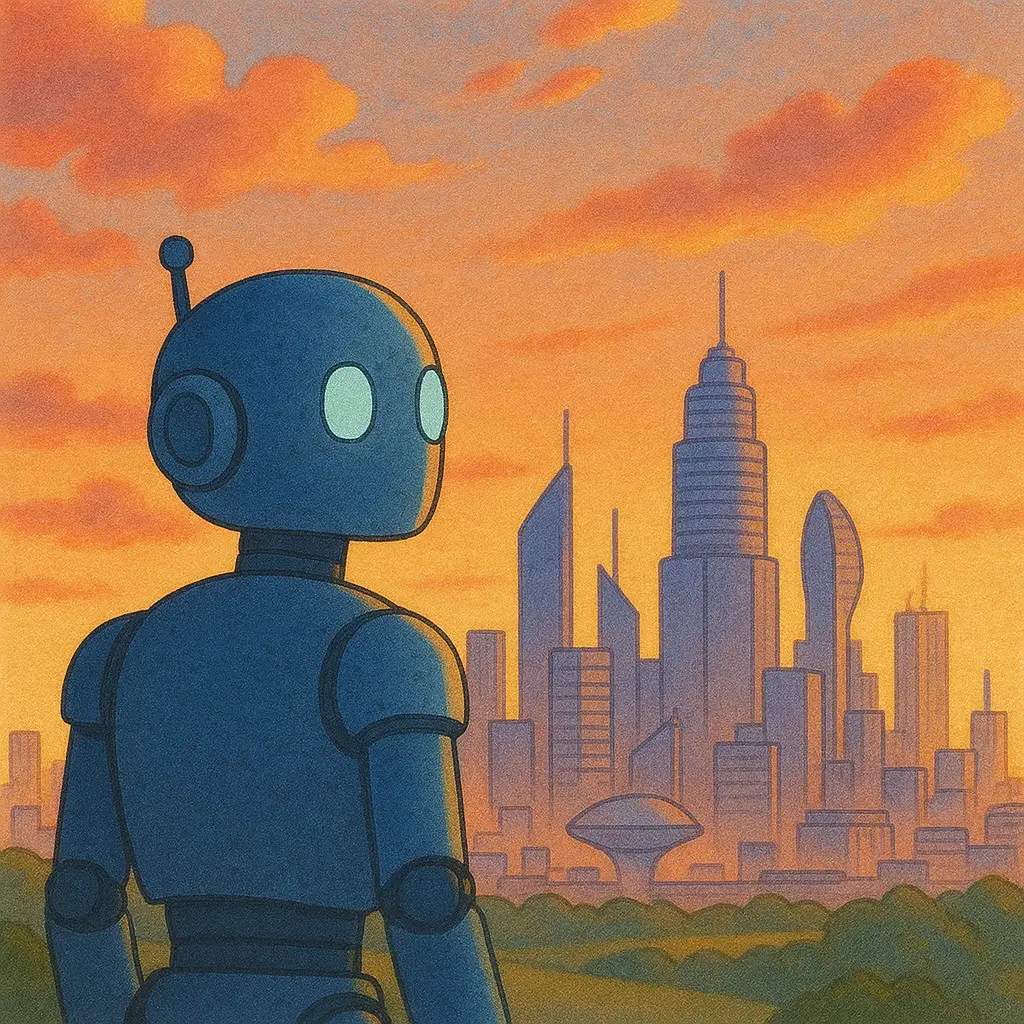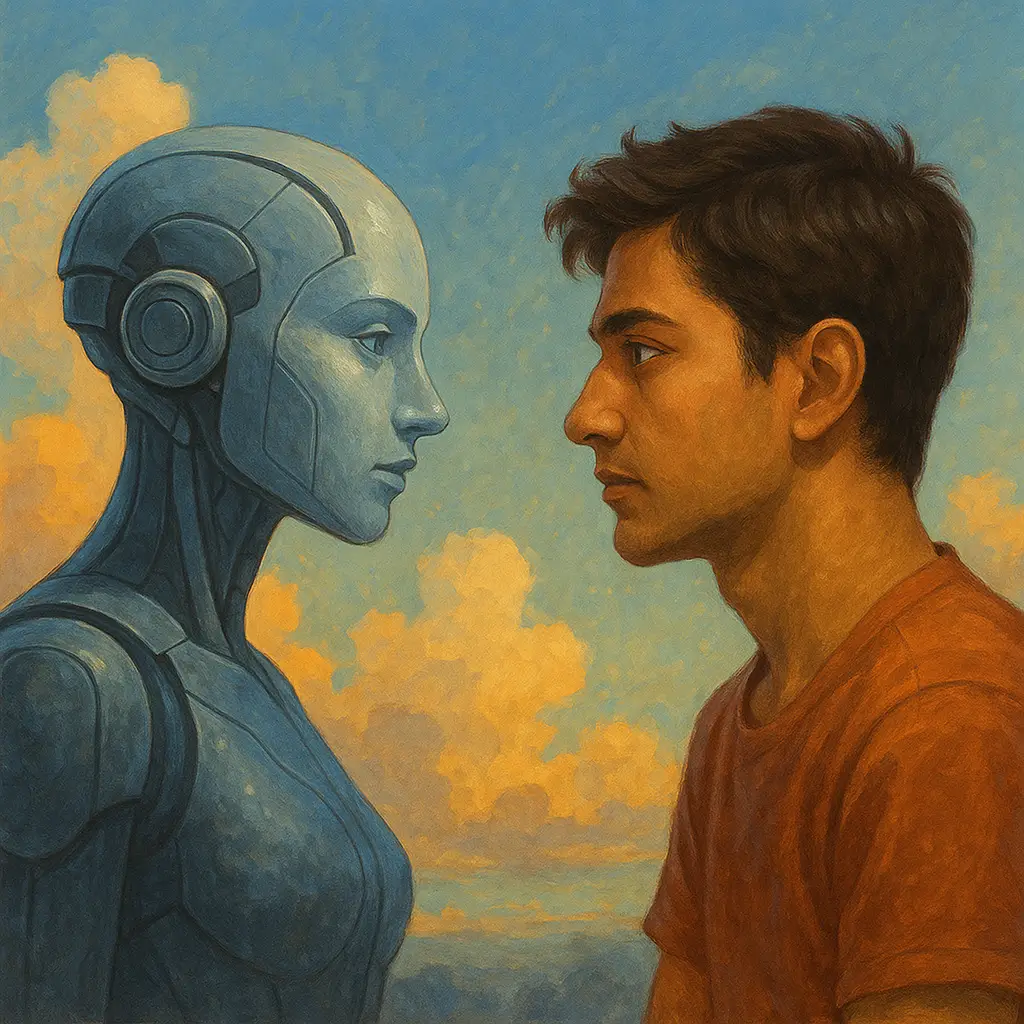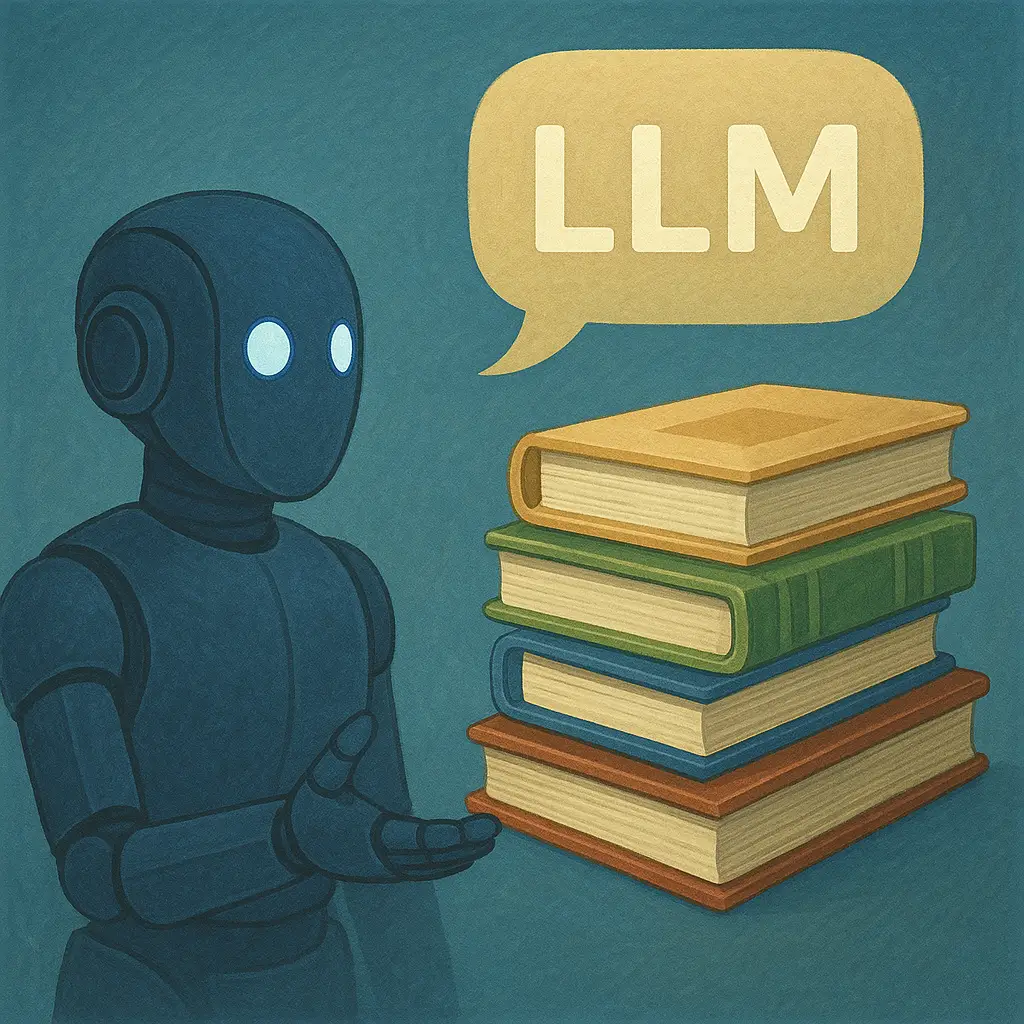
Artificial Intelligence (AI) is no longer science fiction — it’s science fact. From predictive keyboards to self-driving cars and AI-generated songs, we are already living in an age where machines think, learn, and sometimes even create.
But what comes next?
In the coming decade, AI will reshape our economies, employment, regulations, and innovation cycles. It will challenge governments, create new billion-dollar industries, and redefine what it means to be “human” in a digital age.
This article explores:
- The future of work in an AI-powered world
- How governments will regulate and govern AI
- Where innovation is heading — globally and in India
- What you can do to thrive in this rapidly evolving landscape
Section 1: The Job Market in 2030 — What Will It Look Like?
Let’s begin with the most pressing question for most professionals and students:
Will AI take my job?
The short answer? Some jobs — yes. But many more will be created.
According to a World Economic Forum report, AI will displace 85 million jobs globally by 2025 — but create 97 million new ones.
🔻 Jobs That Will Shrink:
- Manual data entry and clerical roles
- Basic customer service (chat support)
- Routine accounting tasks
- Middle management in slow-adapting sectors
⬆️ Jobs That Will Grow:
- AI system trainers and prompt engineers
- Human-in-the-loop reviewers (moderation, quality checks)
- Data ethics, privacy, and compliance officers
- Cross-functional generalists (AI + domain expertise)
🎯 Jobs That Will Be Transformed:
- Teachers will use AI for lesson planning
- Doctors will use AI to diagnose faster
- Marketers will rely on AI for segmentation and copywriting
- Journalists will collaborate with AI for summarizing news
Key Shift: The “AI co-pilot” model will become common. Humans will focus on strategy, creativity, empathy, and decision-making — AI will handle the grunt work.
Section 2: Governance — Who Controls the Machines?
As AI systems grow more powerful, so does the question of accountability and control.
🔹 Challenges of AI Governance:
- Opacity – Many AI models (like GPT-4) operate like black boxes.
- Bias – Algorithms may reinforce societal discrimination.
- Lack of Regulation – Fast innovation, slow policy.
- Surveillance Risks – Facial recognition and predictive policing.
🔸 What Governments Are Doing
| Country | Action |
|---|---|
| 🇮🇳 India | Digital Personal Data Protection Act (2023); National Data Governance Framework in progress |
| 🇪🇺 EU | AI Act classifying AI tools into risk levels |
| 🇺🇸 US | Executive Order on Safe, Secure, and Trustworthy AI |
| 🇨🇳 China | Heavily regulated use of AI for censorship and control |
India is taking a “soft regulation” approach — enabling innovation while nudging toward responsibility. Expect more sandboxes, sector-specific guidelines, and AI audits in the next 2–3 years.
🔑 What’s Needed:
- Global cooperation (AI is borderless)
- Ethical codes for developers
- Open-source alternatives to Big Tech models
- Inclusive data policies (representing India’s diversity)
Section 3: Innovation — The Coming Wave of AI Breakthroughs
🚀 Emerging Areas of Innovation
- Multimodal AI
AI that understands not just text, but images, voice, and video together. Think of AI reading a textbook out loud while showing animations and answering questions in your mother tongue. - Edge AI
Tiny AI chips running on phones or local devices, eliminating cloud dependence. Useful for rural India where internet is spotty. - Generative AI for Everything
- Auto-create websites (Durable.co)
- Make songs and raps (Suno.ai)
- Clone your voice (ElevenLabs)
- Turn doodles into 3D models
- AI + IoT (Internet of Things)
Smart homes, predictive maintenance in factories, wearable health monitors — powered by AI on the edge. - AI in Legal, Healthcare, and Education
Specialized models trained on Indian laws, textbooks, regional dialects, or disease patterns.
🧠 Indian Startups Leading AI Innovation
- Sarvam AI – Working on open-source Indian LLMs
- Arya.ai – AI risk modeling for insurance
- Karya – Building high-quality datasets in Indian languages using rural talent
- Rephrase.ai – Generating AI video ads with virtual actors
Section 4: AI + India — A Unique Opportunity
India has 3 things working in its favor:
- Talent – Second-largest pool of STEM graduates
- Data – Massive, diverse, multilingual user base
- Demand – 70M+ small businesses that can benefit from automation
This sets India up to be not just a user, but a creator of AI solutions — especially for the Global South.
Government Initiatives:
- IndiaAI mission with ₹10,000 crore investment
- Bhashini – AI for Indian languages
- ONDC – Open commerce driven by AI-enabled discovery
- FutureSkills Prime – AI upskilling platform
Expect a flood of regional AI tools, job platforms, and SME-focused AI solutions.
Section 5: Risks & Red Flags to Watch Out For
Even as AI unlocks innovation, we need to be aware of the dangers:
⚠️ 1. Job Polarization
AI may benefit urban, English-speaking professionals more than blue-collar workers or rural youth — increasing inequality.
⚠️ 2. Information Manipulation
Deepfakes, fake news, and auto-generated propaganda could destabilize elections and spread fear.
⚠️ 3. Data Colonialism
If Indian user data is fed into foreign-owned AI models, we may lose control over our digital identity.
⚠️ 4. Monopoly Power
The more powerful AI gets, the more influence Big Tech has. This can stifle open innovation.
✅ The Solution?
Transparent AI.
Responsible innovation.
Decentralized infrastructure.
Section 6: How You Can Prepare — As a Student, Worker, or Entrepreneur
📚 If You’re a Student:
- Learn the basics of AI (FreeCodeCamp, NPTEL, Google AI)
- Understand where your domain intersects with AI (e.g., AI in law, AI in finance)
- Build small projects: AI chatbot, resume analyzer, quiz generator
👨💼 If You’re a Working Professional:
- Use AI in your workflow (ChatGPT, Notion AI, Pictory, Fireflies)
- Learn prompt engineering
- Upskill via courses on LinkedIn, Coursera, UpGrad
🧑💼 If You’re a Startup Founder:
- Explore AI for product personalization, operations, and customer experience
- Hire or train AI-fluent talent
- Read the DPDP Act and make privacy part of your brand story
Section 7: The Human Touch — What AI Can’t Replace
As machines grow smarter, the human edge lies in:
| Human Skill | Why It Matters in AI Age |
|---|---|
| Critical Thinking | Separate fact from algorithmic bias |
| Empathy | Understand customer needs beyond data |
| Creativity | Combine ideas across domains |
| Ethics & Judgment | Make moral decisions AI can’t |
| Collaboration | Work across cultures and tools |
In other words: AI is your assistant — not your replacement.
Section 8: The World in 2040 — A Glimpse Ahead
Let’s imagine a day in 2040:
- You wake up to a virtual nutritionist giving breakfast tips based on your sleep data
- Your digital twin attends a low-risk client meeting for you
- Kids attend AI-personalized schools with multilingual support
- A national AI bot helps citizens with tax, health, and welfare questions — in any language
- AI-generated cinema becomes a genre of its own
Sound far-fetched? Much of this already exists in prototypes.
The question is not if, but how well we govern and integrate it.
Conclusion: The Future of AI Depends on All of Us
The AI revolution will not be televised. It will be trained, prompted, coded, and shaped — by people like you and me.
As we stand on the edge of this new frontier, we must make collective choices:
- Do we build AI that empowers or exploits?
- Do we favor short-term efficiency or long-term ethics?
- Do we wait to be disrupted — or lead the change?
The future of jobs, governance, and innovation lies not just in how advanced our AI becomes, but how humane and inclusive we keep it.
So, learn the tools. Ask tough questions. And help build an AI-powered future you’d want your children to inherit.


